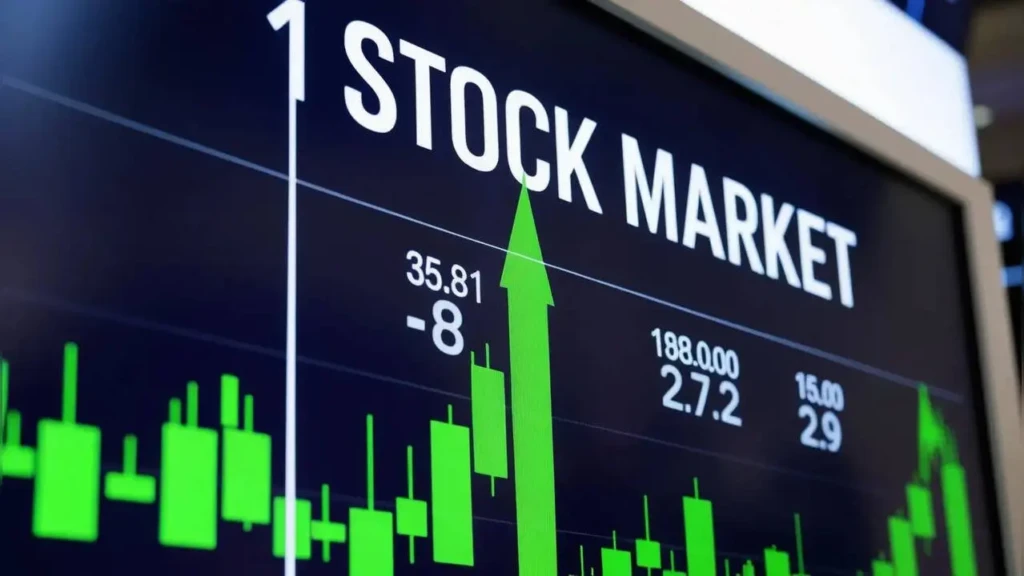What Is the Best Indicator of the Stock Market Health?
What is the best indicator of the stock market health? This question fuels debate among economists, traders, and policymakers as they try to gauge the market’s resilience and predict its next move. While no single metric can fully capture the market’s complexity, a blend of leading, lagging, and sentiment indicators often paints the most accurate picture. This investigative analysis examines the primary tools experts use to assess market health and why some indicators stand out.
Understanding Stock Market Health
The term “stock market health” refers to the overall condition of equity markets—how well they are performing, how sustainable their growth is, and how they may react to economic changes. Measuring this health helps investors manage risk, spot opportunities, and plan long-term strategies.
Key elements include market breadth, earnings growth, macroeconomic data, and investor sentiment. Let’s explore the most significant indicators and their relevance.
The S&P 500 as a Benchmark
One of the most widely accepted answers to what is the best indicator of the stock market health is the S&P 500 index. Comprising 500 of the largest U.S. companies, it represents about 80% of total U.S. market capitalization.
- Breadth and Diversity: The S&P 500’s diverse sector representation makes it a reliable barometer of broad market trends.
- Historical Correlation: Historically, the S&P 500’s performance has mirrored the U.S. economy’s growth cycles.
Market Breadth Indicators
Market breadth measures how many stocks are participating in a trend. Healthy markets typically show broad participation.
Advance-Decline Line
The advance-decline (A/D) line tracks the number of rising stocks versus declining ones. A market rally driven by just a few large-cap stocks signals potential weakness.
New Highs vs. New Lows
Monitoring how many stocks hit new 52-week highs compared to new lows provides insight into momentum. A healthy market sees more highs than lows.
Economic and Sentiment Metrics
GDP and Employment Data
Robust GDP growth and low unemployment suggest a strong economy, often reflected in rising stock prices.
Investor Sentiment Surveys
Surveys like the AAII Investor Sentiment Survey gauge whether investors are bullish or bearish. Extreme optimism can signal a potential market top, while excessive pessimism may indicate a bottom.
Visit the American Association of Individual Investors for recent data.
Corporate Earnings: The Fundamental Backbone
Corporate earnings drive stock prices over the long term. Analysts often watch quarterly reports and forward guidance. Consistent earnings growth across multiple sectors is a powerful indicator of market health.
Price-to-Earnings Ratio
The P/E ratio helps determine whether stocks are overvalued or undervalued. Elevated P/E levels may indicate overheating markets.
Interest Rates and Monetary Policy
Central banks, especially the U.S. Federal Reserve, influence market liquidity. Interest rate hikes can cool down overheated markets, while cuts can stimulate growth. The yield curve, which plots interest rates of different maturities, is a notable leading indicator.
Yield Curve Inversion
An inverted yield curve—when short-term rates exceed long-term rates—has historically preceded recessions and market downturns.
Global and Geopolitical Factors
While domestic data is crucial, global factors such as trade tensions, energy prices, and geopolitical risks also shape market sentiment. For example, sudden shifts in oil prices or geopolitical conflicts can trigger market volatility even when core indicators are strong.
The Composite Approach: No Single Silver Bullet
Financial analysts agree that relying on just one metric is risky. A composite view—combining market breadth, corporate earnings, macroeconomic data, and sentiment—provides a more robust assessment.
Many professionals use leading indicators (such as the yield curve and manufacturing data) alongside lagging indicators (like unemployment rates) to confirm trends.
FAQ: What Is the Best Indicator of the Stock Market Health?
Q1: What is the best indicator of the stock market health for everyday investors?
Everyday investors often watch the S&P 500 because it captures a broad snapshot of U.S. market performance.
Q2: How can market breadth help determine what is the best indicator of the stock market health?
Market breadth reveals whether many stocks support a trend, making it vital to confirm the strength behind market moves.
Q3: Does investor sentiment qualify as what is the best indicator of the stock market health?
Yes, sentiment can provide early warnings of market tops or bottoms, though it’s best used alongside other metrics.
Q4: Can interest rates serve as what is the best indicator of the stock market health?
Interest rates influence borrowing costs and corporate profits, making them key to understanding market dynamics.
Conclusion: A Forward-Looking Analysis
Determining what is the best indicator of the stock market health requires a multidimensional approach. While the S&P 500 remains a trusted benchmark, no single metric can capture the market’s complexity. A combination of corporate earnings, market breadth, macroeconomic data, and sentiment surveys offers the clearest picture.
Looking ahead, rising interest rates, geopolitical uncertainties, and technological disruptions will test market resilience. Investors who track a composite of these indicators—and remain flexible—are better positioned to navigate volatility and capitalize on emerging opportunities.

